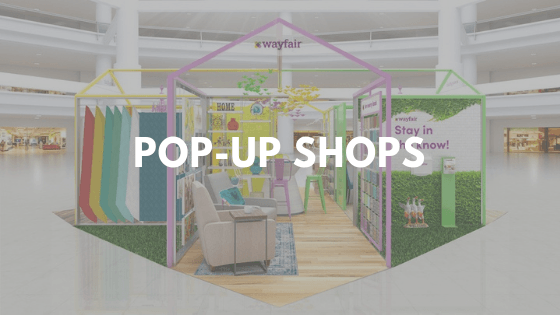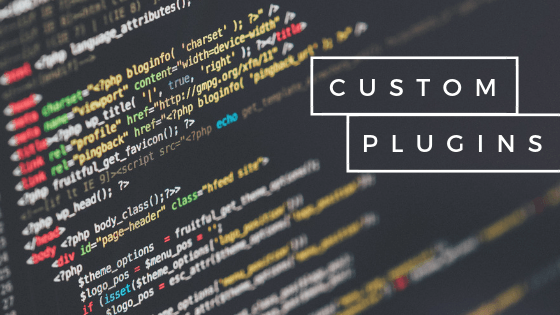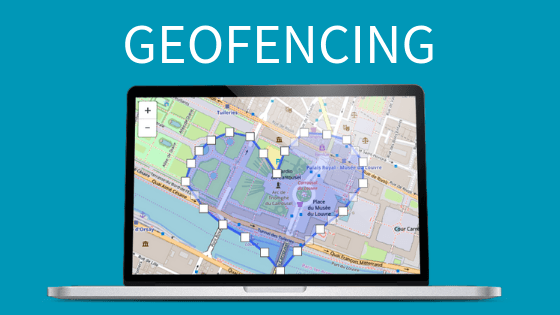Pop-up shops for digital-first brands create a clear definition of success and measurement Many retailers are hopping aboard the pop-up wagon. Pop-up shops offer the chance for your customers to get up close and personal with your products in a truly immersive setting. In addition to producing sales, you can also increase brand awareness … Read more
Month: November 2018
Using the soul of WordPress so clients gain a competitive edge Today, millions of businesses are using WordPress for running their online business in a profitable and effective way. Although WordPress can meet many requirements, it cannot meet each and every one of them. As the competition in the marketing industry increases, each business has … Read more
Location-based marketing creates many opportunities to reach consumers based on the specific geographic area they are physically present in. Geofencing is a type of location-based marketing that establishes a virtual fence around a pre-defined geographical area to attract mobile users. Today, geofencing is used in social media, human resources, telematics, cybersecurity, and marketing. How does … Read more


